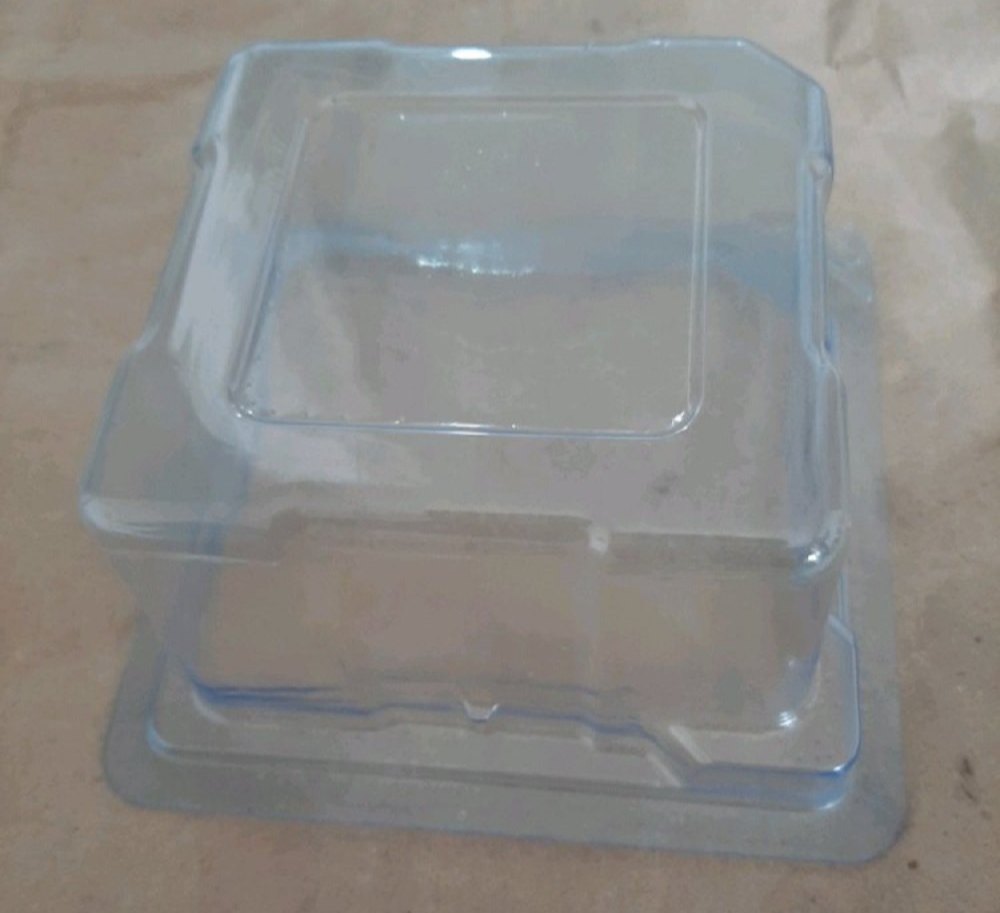In the world of food packaging, various materials are used to ensure the safety, preservation, and presentation of food products. One such material that has gained significant popularity is Polyvinyl Chloride (PVC). This article aims to explore the reasons behind the widespread use of PVC in food packaging, highlighting its versatility, safety, and relevance in today's market.
- Versatility of PVC in Food Packaging:
PVC offers a wide range of benefits that make it an ideal choice for food packaging. Its flexibility allows for the creation of various packaging formats, such as bottles, films, and blister packs, catering to different product requirements. The ease of customization, including color, transparency, and printability, further enhances its versatility, enabling manufacturers to create attractive packaging designs that appeal to consumers. - Safety Considerations:
Ensuring the safety of food products is of paramount importance in the packaging industry. PVC has been extensively tested and approved by regulatory bodies worldwide, including the Food and Drug Administration (FDA) and the European Food Safety Authority (EFSA). These organizations have confirmed that PVC is safe for direct contact with food, as it does not transfer harmful substances or affect the taste and quality of the packaged products. Additionally, PVC's inherent resistance to moisture, oxygen, and UV light helps maintain the freshness and integrity of the food, reducing the risk of contamination. - Durability and Shelf Life Extension:
Food packaging materials must provide adequate protection to extend the shelf life of perishable products. PVC excels in this aspect, as it offers excellent barrier properties against oxygen and moisture, preventing spoilage and maintaining product quality. Its durability ensures that the packaging remains intact during transportation and storage, reducing the risk of damage and product loss. PVC's ability to withstand extreme temperatures also makes it suitable for both refrigerated and frozen food packaging. - Sustainability and Recyclability:
In recent years, sustainability has become a crucial consideration in the packaging industry. PVC, despite its reputation, has made significant progress in terms of environmental impact. Modern PVC formulations are free from harmful additives like phthalates and heavy metals, making them safer for both consumers and the environment. Moreover, PVC is highly recyclable, and advancements in recycling technologies have made it possible to recover and reuse PVC materials effectively, reducing waste and promoting a circular economy.
Conclusion:
Polyvinyl Chloride (PVC) has emerged as a versatile and safe material for food packaging, meeting the stringent requirements of the industry. Its flexibility, customization options, and barrier properties make it an excellent choice for preserving and presenting food products. With ongoing advancements in sustainability and recycling, PVC continues to evolve as a responsible packaging solution. Embracing PVC in food packaging not only ensures product safety and longevity but also contributes to a more sustainable future.

